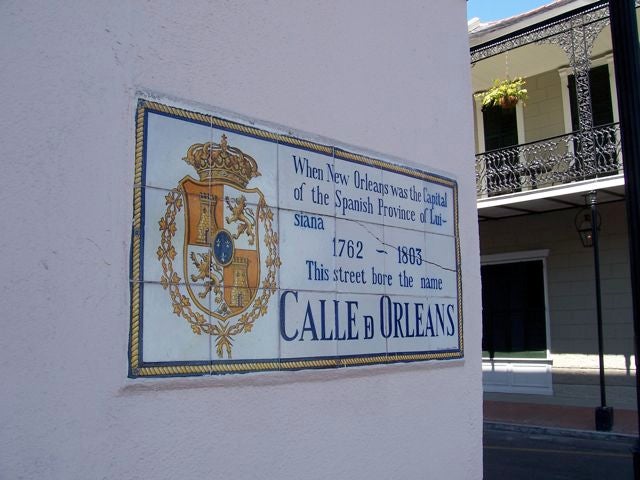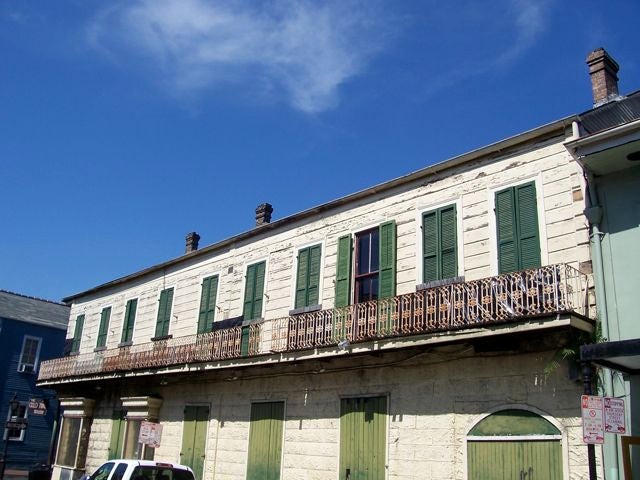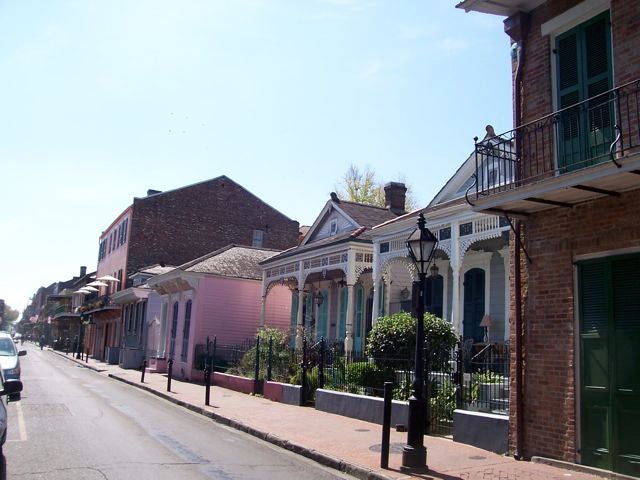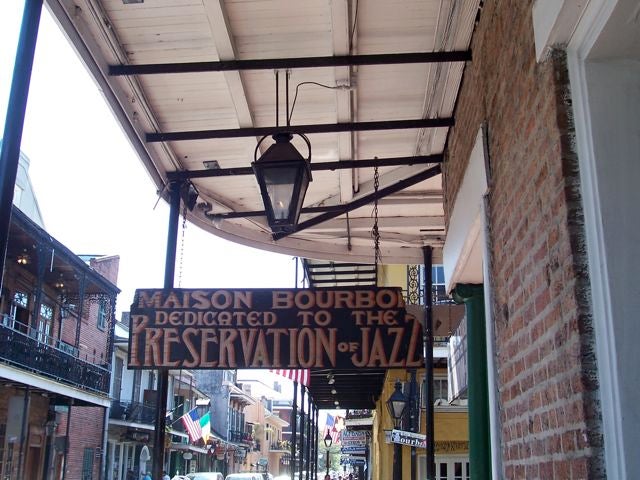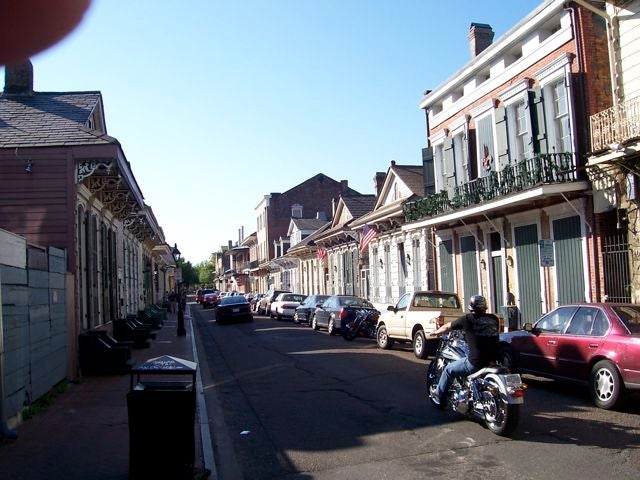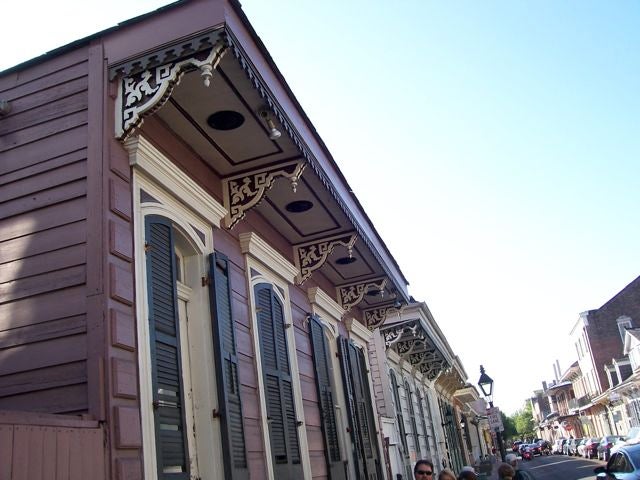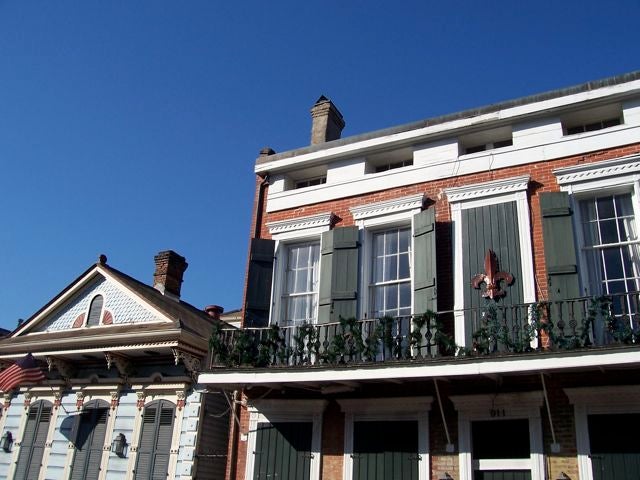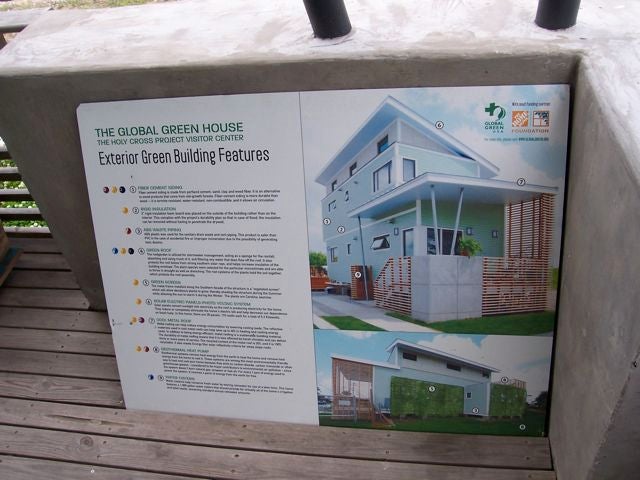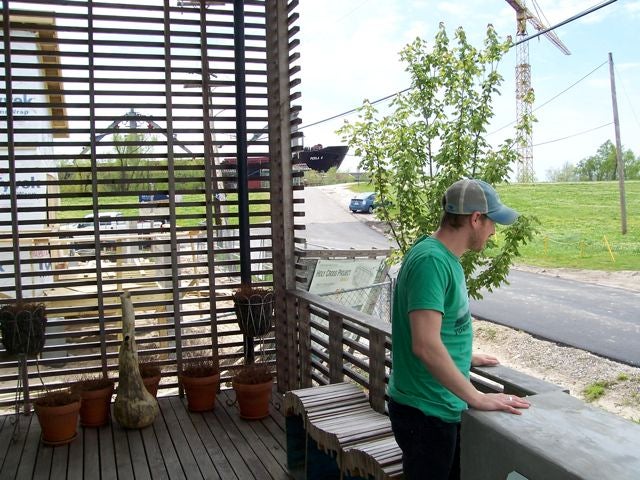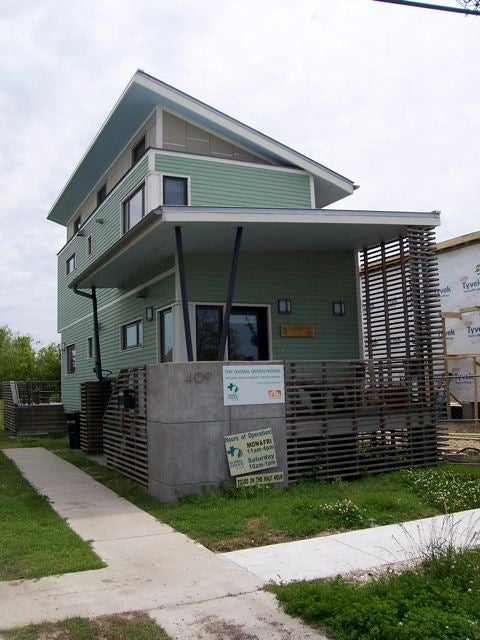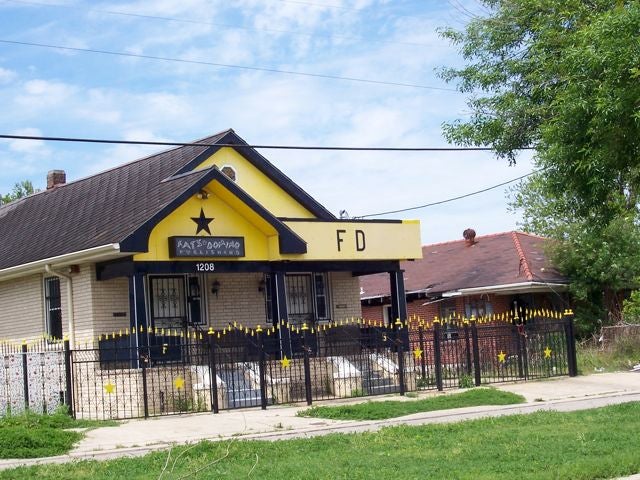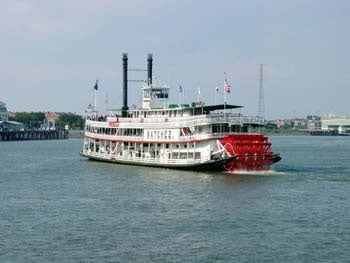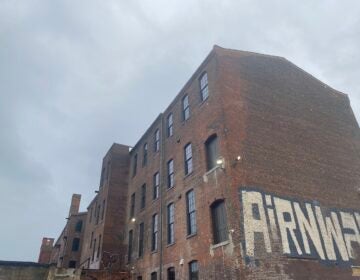The zoning reform efforts of three cities
April 12, 2010
By Thomas J. Walsh
For PlanPhilly
NEW ORLEANS – In zoning reform, Philadelphia is not alone. And to Philly’s great advantage, there is a sort of sister city to look to for a working model: Baltimore.
Laurie Feinberg, who is leading the re-zoning efforts in Baltimore, was joined on a panel Sunday afternoon (at the American Planning Association conference being held here) by Eva Gladstein, executive director of the Philadelphia Zoning Code Commission, and by Dan Emerine of the District of Columbia Office of Planning. Washington, too, is undergoing a big change in its zoning.
Looking to other cities is not a given when it comes to zoning. “There’s not a lot [of examples] out there,” Feinberg said. “Philadelphia’s probably the closest. We think the recession’s a good time” for this effort. “We’ll tell you in a year.”
Feinberg also was rather pointed on some of the big differences between the East Coast rival cities.
“Where we really separate from Philadelphia, though our cities are very similar, this was very much a Planning Department-led process,” Feinberg said. “We didn’t have our mayor saying we need a new zoning code, or community groups. … We have a Zoning Advisory Committee, which is advisory, again, unlike Philadelphia, where it is a mandated commission.”
Another big difference between the two towns is the political merry-go-round that Baltimore’s planners have had to work with during the re-zoning process.
“Since the end of 2006 when we adopted the comprehensive plan, we’ve gone through four planning directors and we are on our third mayor,” Feinberg said. “That always adds a little bit of interest.”
A new mayoral administration started in February, causing a two-month delay while everyone got up to speed, she added.
“We have a community that is totally frustrated with the current situation,” Feinberg said. “It is difficult to get the community to talk about what a new code could be, because they are so fixated on what’s there now and what doesn’t work.”
In Washington, Emerine said two of the biggest issues are related – federal oversight and land ownership. The district is very “byzantine,” he said, “as far as what agencies are in charge of what.”
Interagency coordination, or even just “making sure where the disagreements are” can be a challenge in a city so full of transient professionals who “a lot of times just lack a common vocabulary.”
“It’s been a really exhaustive process, and yet we have people who are still caught off guard when we say, oh by the way, we’ve got a comprehensive zoning review process going on,” Emerine said. Standards are out of date; and there is “very little recognition that we have a major transit system in the city.”
There’s no such lack of involvement among Philadelphians, Gladstein told the packed room of about 60 or 70, many of whom lined up for questions at the end.
“Philadelphia, I’ve learned, is a town that has a very big community voice,” Gladstein said. “Loud, engaged, and [they] were heard a lot, for our civic engagement process.”
The re-write from the ZCC will reduce the number of chapters in the Philadelphia code from 21 to nine. “I think we also win in terms of number of districts,” Gladstein said. That should go down to about 30. We’re the likely winner in terms of overlay districts, too (about 30, which will be reduced to 11).
Community organizations in Philly “really perceive this reform as taking away their power,” Gladstein said. “They’ve been able to exercise power by … having the opportunity to veto any variances at the Zoning Board of Adjustment. And in fact they are correct in that it’s not so much a reduction in power, it’s shifting the power away from that end of the development process, at the variance stage. We’re trying to emphasize the ability of these groups to have power at the beginning of the process, in terms of the planning phase, and establishing a vision for their community.
“That’s a very difficult conversation that we’ve been engaged in for the last two years. … Nobody has had experience with a zoning code that works, or one they can trust.”
Mixed use elements of Baltimore’s new code are a “big, big element of our comprehensive plan, around walkability, transit-oriented design, some of the industrial mixed-use. … We don’t have frankly a lot of mass transit, but where we have it, we’re gonna milk it.”
APA
Housing and Urban Development Secretary Shaun Donovan was the keynote speaker Sunday morning at the conference, in the ballroom in the Ernest N. Morial Convention Center. U.S. Sen. Mary Landrieu of Louisiana also spoke. The New Orleans Times-Picayune noted that it was Donovan’s fifth visit to the Big Easy in his 14 months as HUD boss.
On Monday, Lisa Jackson, administrator of the Environmental Protection Agency and a native of New Orleans, thanked the thousands of planners and students in attendance for their contributions to the recovery and future planning of the Crescent City.
Coming up
On Tuesday, look for more coverage of the conference, highlighting a session that gave a sneak peak at the much-anticipated new report from the Philadelphia Industrial Development Corp. on industrial land in the city.
Later in the week, we’ll post video of a Mississippi River steamboat cruise.
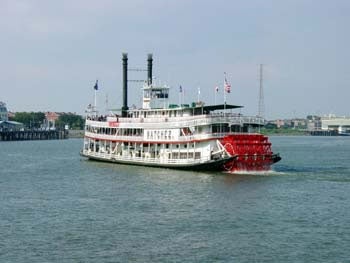
For coverage of the Lower 9th Ward from the weekend, click here.
Contact the reporter at thomaswalsh1@gmail.com.
ON THE WEB:
www.transformbaltimore.net
www.dczoning.update.org
WHYY is your source for fact-based, in-depth journalism and information. As a nonprofit organization, we rely on financial support from readers like you. Please give today.



